The Lacecap Hydrangea Varieties That Will
The Lacecap Hydrangea Varieties That Will
Lacecap hydrangeas are a beautiful and versatile type of hydrangea that is perfect for adding a touch of elegance to any garden. They are characterized by their delicate, lace-like flowers that are arranged in a circular pattern. Lacecap hydrangeas come in a wide variety of colors, including pink, blue, white, and purple. They also bloom for a long period of time, from early summer to late fall.
If you are looking for a hydrangea that is easy to care for and will add a touch of beauty to your garden, then a lacecap hydrangea is a great option. Here are some of the best lacecap hydrangea varieties to consider:
- Endless Summer is a popular reblooming lacecap hydrangea that is known for its long-lasting flowers. It can be grown in a variety of soil conditions and is relatively resistant to pests and diseases.
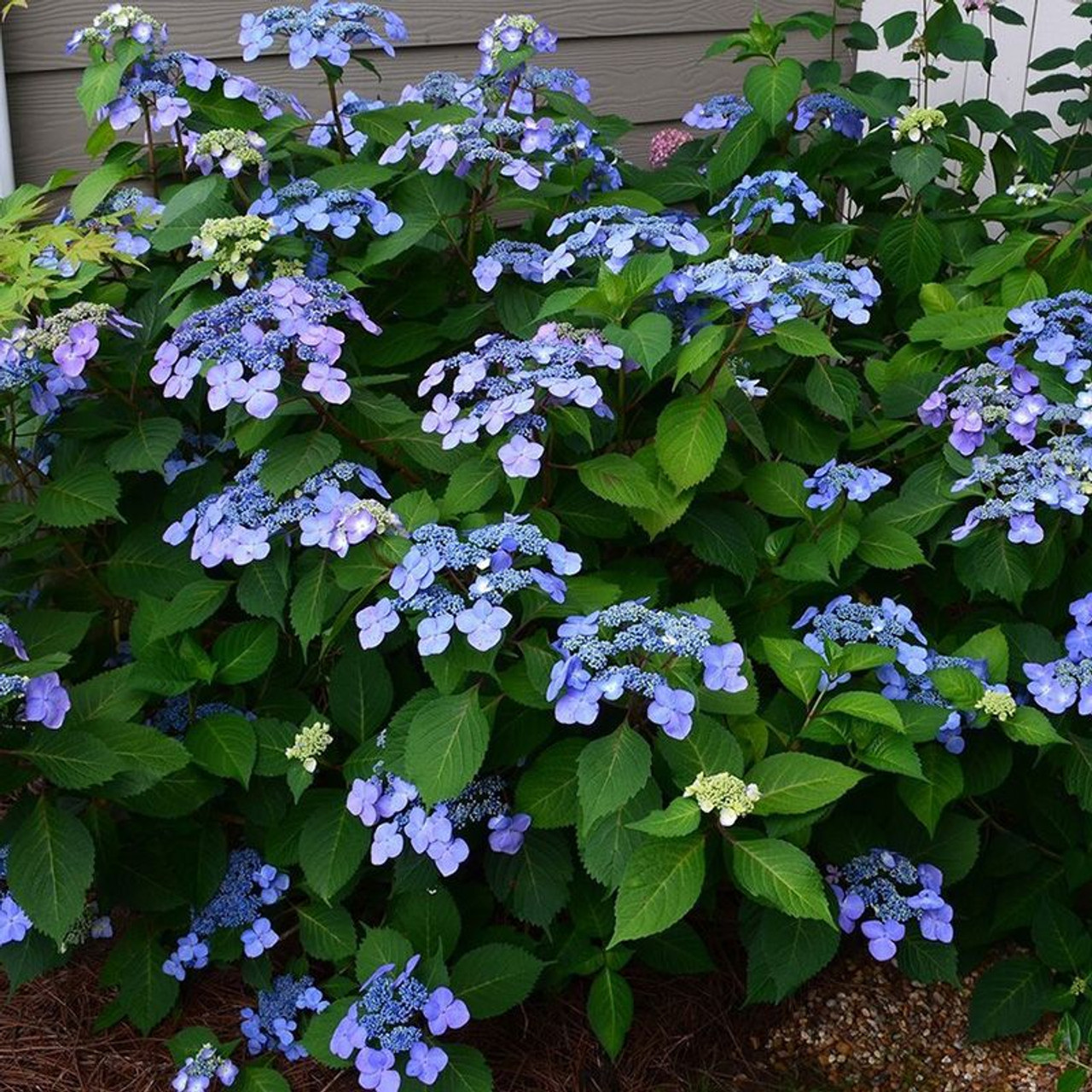
- Nikko Blue is a classic lacecap hydrangea that produces large, blue flowers. It is a hardy plant that can tolerate a wide range of conditions.
- PeeGee is a compact lacecap hydrangea that is perfect for small gardens. It produces white flowers that have a delicate pink blush.
- Limelight is a newer lacecap hydrangea that is known for its bright lime green flowers. It is a vigorous grower that can reach heights of up to 6 feet.
- Blue Bird is a lacecap hydrangea that produces deep blue flowers. It is a relatively new variety, but it has quickly become popular due to its beautiful flowers and easy care requirements.
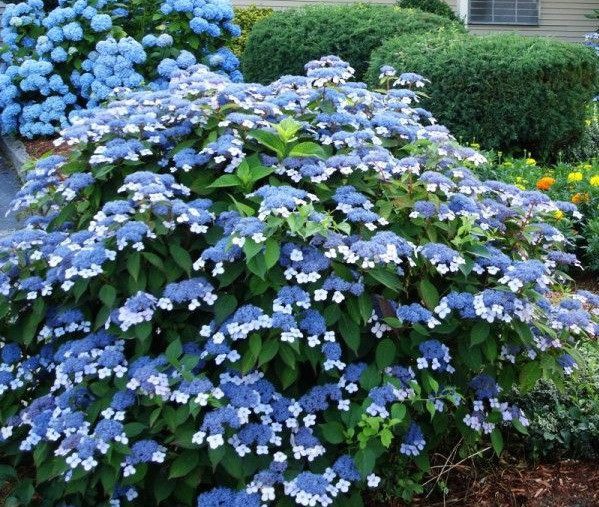
These are just a few of the many great lacecap hydrangea varieties available. When choosing a lacecap hydrangea, consider the size of your garden, the amount of sun it receives, and the desired color of the flowers. With so many beautiful varieties to choose from, you are sure to find the perfect lacecap hydrangea to add to your garden.
[MAIN CONTENT]
Growing Lacecap Hydrangeas
Lacecap hydrangeas are relatively easy to grow. They prefer full sun to partial shade and moist, well-drained soil. They are not as cold-hardy as some other types of hydrangeas, so they may need to be protected from frost in colder climates.
To care for lacecap hydrangeas, water them regularly, especially during the summer months. Fertilize them in the spring with a balanced fertilizer. Deadhead the flowers regularly to encourage new blooms.
Pests and Diseases
Lacecap hydrangeas are generally resistant to pests and diseases. However, they can be susceptible to aphids, scale, and leaf spot. If you notice any pests or diseases, treat them immediately with an appropriate pesticide or fungicide.
Propagation
Lacecap hydrangeas can be propagated by taking cuttings in the spring or fall. To take a cutting, simply cut a 4-6 inch stem from the plant and remove the bottom leaves. Dip the cutting in rooting hormone and plant it in a pot of well-draining potting mix. Keep the potting mix moist and the cutting in a warm, shady location. The cutting should root in about 4-6 weeks.
Enjoying Lacecap Hydrangeas
Lacecap hydrangeas are a beautiful addition to any garden. They can be used as a focal point in a flower bed, or they can be planted in a group to create a hedge. Lacecap hydrangeas are also a popular choice for cut flowers.
To enjoy your lacecap hydrangeas, simply deadhead the flowers regularly to encourage new blooms. You can also trim the plants in the spring to keep them in shape.
Conclusion
Lacecap hydrangeas are a beautiful and versatile type of hydrangea that is perfect for adding a touch of elegance to any garden. They are easy to grow and care for, and they come in a wide variety of colors. If you are looking for a hydrangea that will add beauty to your garden for years to come, then a lacecap hydrangea is a great option.
Lacecap hydrangeas are a type of hydrangea that is known for their delicate, lace-like flowers. They come in a variety of colors, including white, pink, blue, and purple. Lacecap hydrangeas are a popular choice for gardens because they are relatively easy to care for and they can be grown in a variety of climates.
If you are interested in learning more about lacecap hydrangea varieties, I recommend visiting the website . This website has a wealth of information about lacecap hydrangeas, including their history, different varieties, and how to care for them.
In addition to the information on the website, you can also find helpful tips and advice from other gardeners on the website's forums. So whether you are a beginner or an experienced gardener, you are sure to find something useful on the website.
FAQ of lacecap hydrangea varieties
5 Most Frequently Asked Questions About Lacecap Hydrangea Varieties
1. What are lacecap hydrangeas?
Laceycap hydrangeas are a type of hydrangea that is characterized by its flat-topped clusters of flowers. The flowers are arranged in a "lacecap" pattern, with a central cluster of larger flowers surrounded by a ring of smaller flowers. Lacecap hydrangeas come in a variety of colors, including blue, pink, white, and purple.
2. What are the different types of lacecap hydrangeas?
There are many different types of lacecap hydrangeas, but some of the most popular varieties include:
- Annabelle: This variety is known for its large, white flowers.
- Bluebird: This variety produces sea-blue flowers that turn pink in acidic soil.
- Zorro: This variety has deep blue flowers and reddish fall foliage.
- Lanarth White: This variety has white flowers that turn pink or blue in different soil conditions.
- Pink Annabelle: This variety is a pink version of the Annabelle hydrangea.
3. How do I care for a lacecap hydrangea?
Laceycap hydrangeas are relatively easy to care for, but they do require some specific conditions. They prefer full sun to partial shade, and they need moist, well-drained soil. Lacecap hydrangeas also need acidic soil, so you may need to add peat moss or sulfur to the soil if it is not acidic enough.
4. How do I deadhead a lacecap hydrangea?
Deadheading is the process of removing spent flowers from a plant. This helps to encourage new growth and prevent the plant from setting seed. To deadhead a lacecap hydrangea, simply pinch off the spent flowers at the base.
5. How do I overwinter a lacecap hydrangea?
In cold climates, lacecap hydrangeas may need to be protected from the cold winter weather. You can do this by covering the plant with a burlap sack or other protective material. You may also need to bring the plant indoors if the temperature is expected to drop below freezing.
Image of lacecap hydrangea varieties
- Annabelle: This is one of the most popular lacecap hydrangeas. It has large, flat flowers that are white in the spring and summer, and then turn pink or blue in the fall.
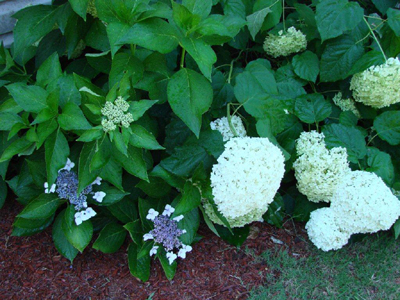
- Limelight: This lacecap hydrangea has bright lime green flowers in the spring and summer, which then turn a soft pink in the fall.
- PeeGee: This lacecap hydrangea is a bit more compact than other varieties, and it has flowers that are a mix of white, pink, and blue.
- Serrata: This lacecap hydrangea has serrated leaves, which gives it a unique look. Its flowers are white in the spring and summer, and then turn pink in the fall.
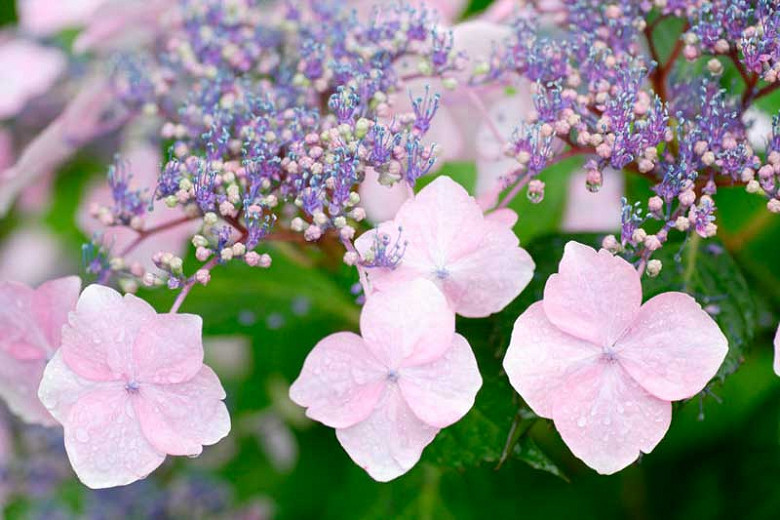
- Little Lime: This is a dwarf variety of lacecap hydrangea. It only grows to be about 2 feet tall, and it has bright lime green flowers in the spring and summer.

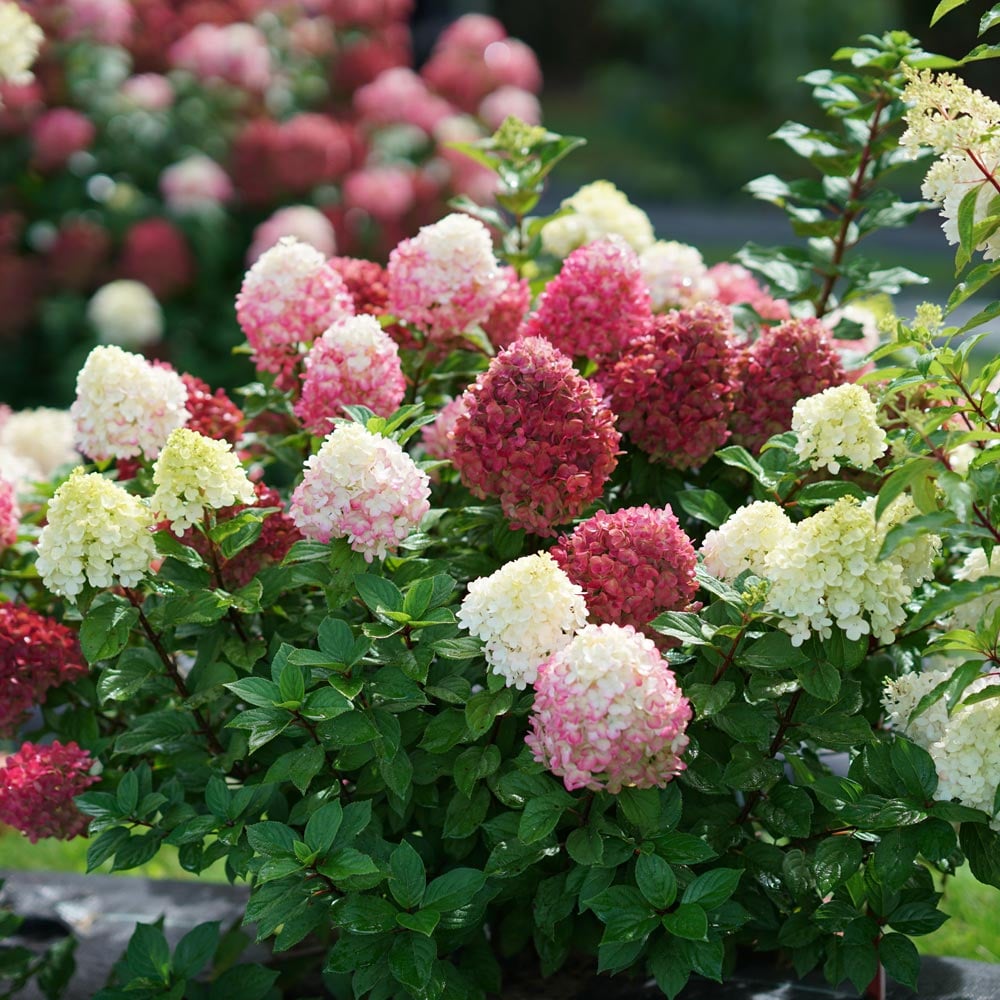
Post a Comment for "The Lacecap Hydrangea Varieties That Will"